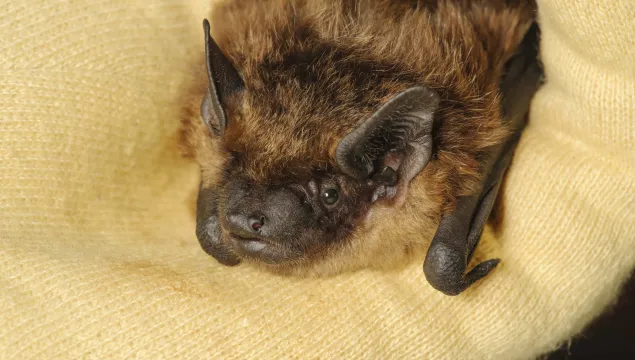
Serotine
The serotine is one of the first bats to appear at night and can be seen around lamp posts chasing moths, or at treetop height. It likes to roost and hibernate in old buildings in the south of the UK.

The serotine is one of the first bats to appear at night and can be seen around lamp posts chasing moths, or at treetop height. It likes to roost and hibernate in old buildings in the south of the UK.
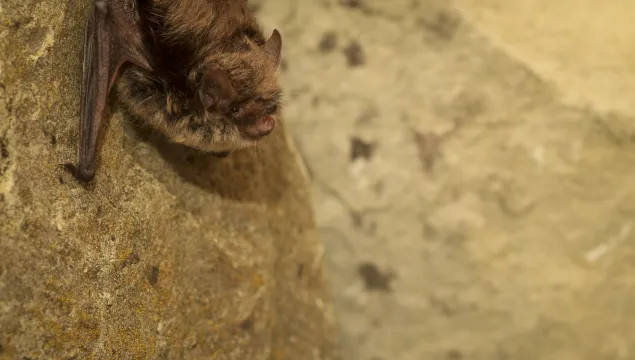
The small, shaggy-furred whiskered bat roosts in all sorts of houses, old or modern. It is similar to the Brandt's bat and they often roost together, but in separate colonies. It feeds along familiar routes, such as hedgerows and woodland edges.
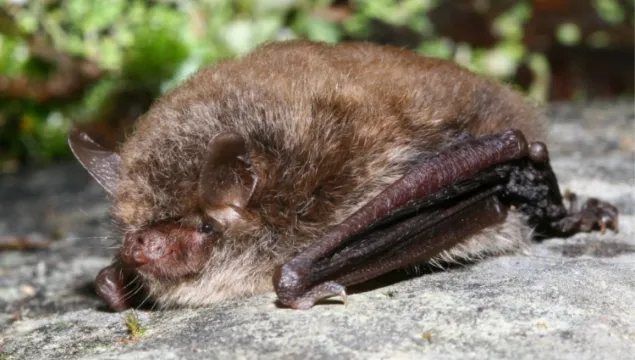
The Alcathoe bat was 'discovered' in the UK in 2010 when it was confirmed as a separate species to the very similar whiskered and Brandt's bats. Little is known about its range and habits, but it can be found in wooded areas.
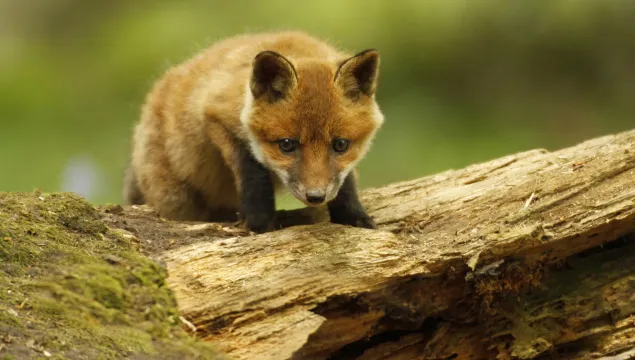
Famed for their cunning and stealth, these orangey-red dogs with their bushy tails can be seen in towns and the countryside. They come out mostly at night but can also be seen during the day if you’re lucky!
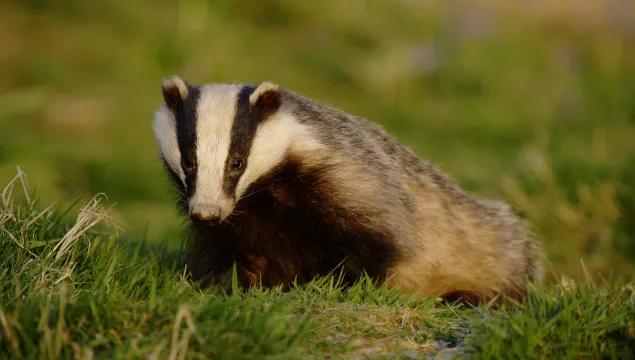
Badgers are the UK’s largest land predator and are one of the most well-known British species. They are famed for their black and white stripes and sturdy body, using their strong front paws to dig for food and to perfect their hobbit-like burrows, called ‘setts’.
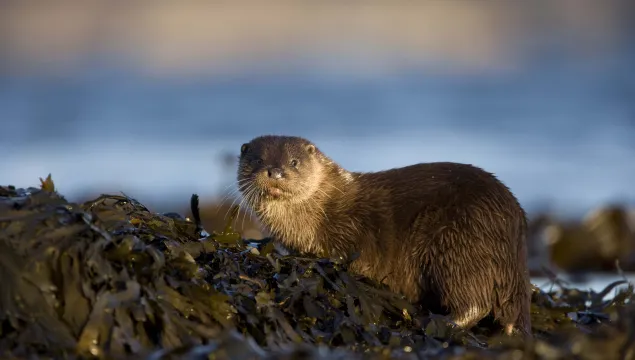
The sinuous otter is an excellent swimmer and can be seen hunting in wetlands, rivers and along the coast - try the west coast of Scotland, West Wales, the West Country or East Anglia for the best views.
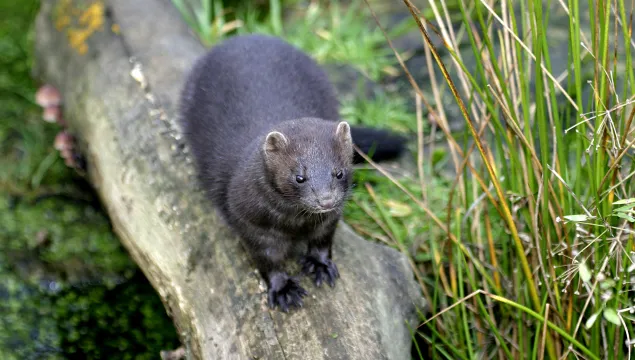
Escaped or intentionally freed from fur farms in the 1960s, the American mink is now well established in the UK. Its carnivorous nature is a threat to our native water vole and seabird populations.
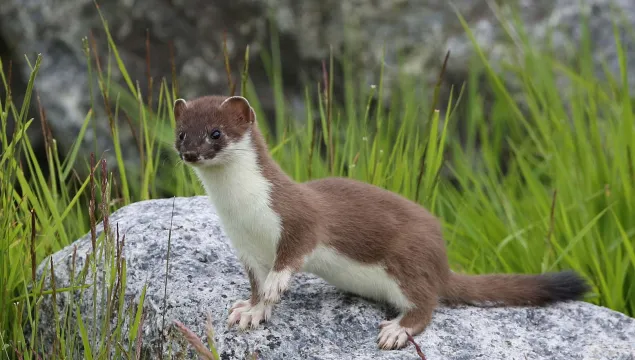
The stoat is a small mustelid, related to the weasel and otter. It has an orange body, black-tipped tail and distinctive bounding gait. Spot it on grassland, heaths and in woodlands across the UK.

Weasels may look adorable, but they make light work of eating voles, mice and birds! They are related to otters and stoats, which is obvious thanks to their long slender bodies and short legs.
Largely confined to the north of the UK, the rare pine marten is nocturnal and very hard to spot. However, it can be enticed to visit a peanut-laden birdtable.
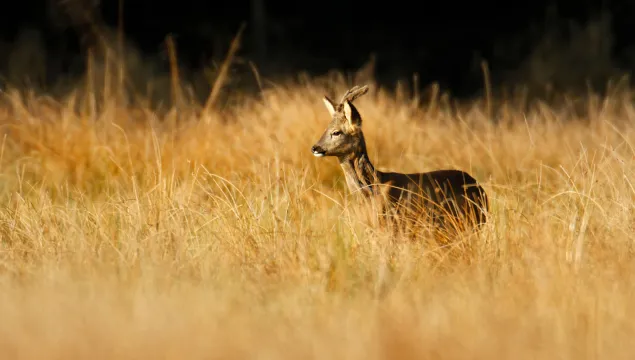
The attractive roe deer is native to the UK and widespread across woodland, farmland, grassland and heathland habitats. Look for its distinctive pale rump and short antlers.
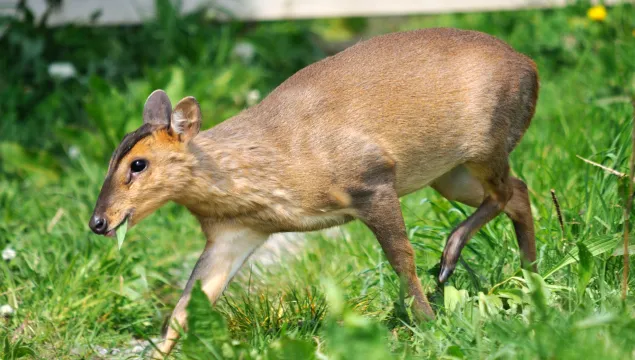
The muntjac deer was introduced into the UK from China in the 20th century. It has gained a stronghold in southeast England, where it can cause damage to our woods through browsing.